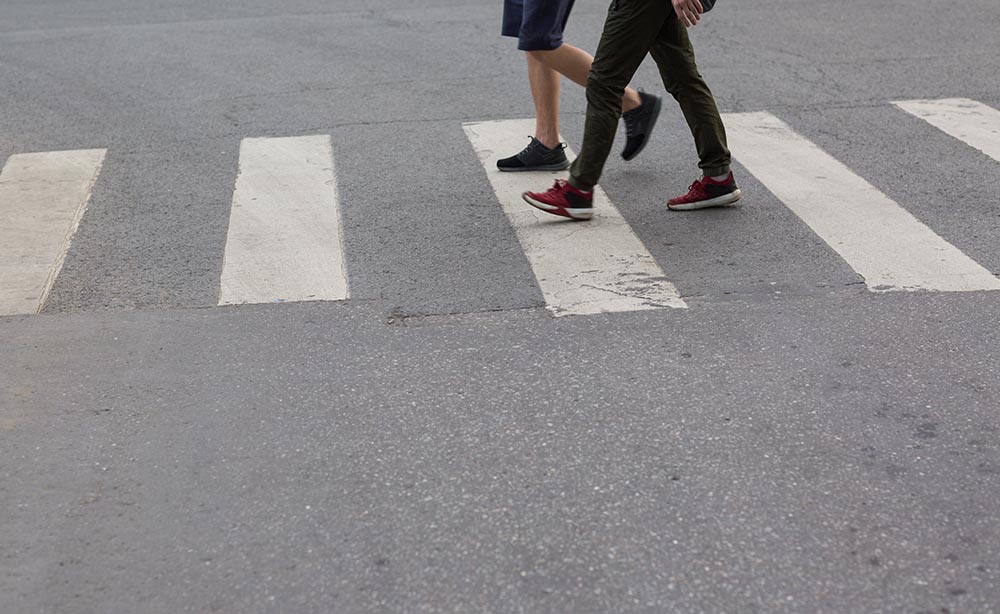Every year, there are hundreds of accidents that occur between pedestrians and vehicles which typically end with catastrophic injuries for the pedestrian. According to the National Highway Transportation Safety Administration, over 6,200 pedestrians were killed in pedestrian automobile accidents in 2018. Those pedestrians who are fortunate enough to survive, typically endure catastrophic injuries from which they may end up suffering for the rest of their life. If you suffered injuries in an accident as a pedestrian, understanding your legal rights can help ensure that you receive the compensation you deserve.
Common Pedestrian Injuries
If you are a pedestrian involved in an accident with a vehicle of any kind, your injuries may be quite severe. The most common types of injuries suffered from pedestrian accidents may include:
- Traumatic Brain Injuries
- Amputation
- Broken Bones
- Fractures
- Cuts, bruises, or burns
- Soft Tissue Injuries
- Spinal Cord Injuries
- Emotional Trauma
- Death
Causes of Pedestrian Accidents
Every accident is different, however, the NHTSA has shown the following commonalities of all pedestrian accidents:
- Typically between the hours of 9 pm and midnight
- Urban areas
- Non-intersection areas
- Often caused by drivers who were not paying attention or who were breaking the law by speeding or were driving while texting.
Additionally, nearly half of all accidents that involve the death of pedestrians are a result of a driver who is intoxicated, and one-fifth of all accidents involve a hit-and-run driver. If you were a victim of a negligent driver, you have the right to receive compensation for your injuries.
There are circumstances in which pedestrians may be found to be at fault for their injuries. For instance, if a pedestrian crossed a street on a red light, failed to obey traffic laws, crossed outside of a designated crosswalk or intersection or simply ran into traffic without looking, they may bear some or all of the responsibility for the wreck.
What to do Following a Pedestrian Accident
Follow these steps to ensure both your safety and also your ability to preserve any legal claims you may have in the future.
- Call 911: Your first step after a pedestrian accident should be to contact the police if you are able to do so. If you are unable to move, make sure to wait until medical help arrives.
- Medical Evaluation/Treatment: Make sure to have a complete medical evaluation as soon as possible. If you feel you are injured in any way, make sure to go to the emergency room immediately. If you do not feel you need to go to the emergency room, you should still seek a medical evaluation by your physician within 72 hours of the accident. This will help you not only get the medical attention you need, but also ensure that your right to a legal claim for reimbursement of medical expenses is preserved.
- Collect Documentation and Evidence: Ensure that you have the contact and insurance information for the drivers and any witnesses to the accident. Additionally, make sure to save all medical bills, prescription costs, and transportation costs to appointments or therapy sessions. Take photos of injuries and keep track of additional costs you incur as a result of your injuries. Keep a journal for your injuries, pain level and emotional distress following the accident. Make sure to also collect and keep all documentation to any lost wages from your job due to your inability to return to work. These documents will prove useful as you begin to build a strong personal injury case.
Contact a Personal Injury Attorney
Contact Griggs Injury Law at (816) 474-0202 to help you understand how you may be able to receive compensation for your injuries and pain and suffering following an accident with a vehicle as a pedestrian.


